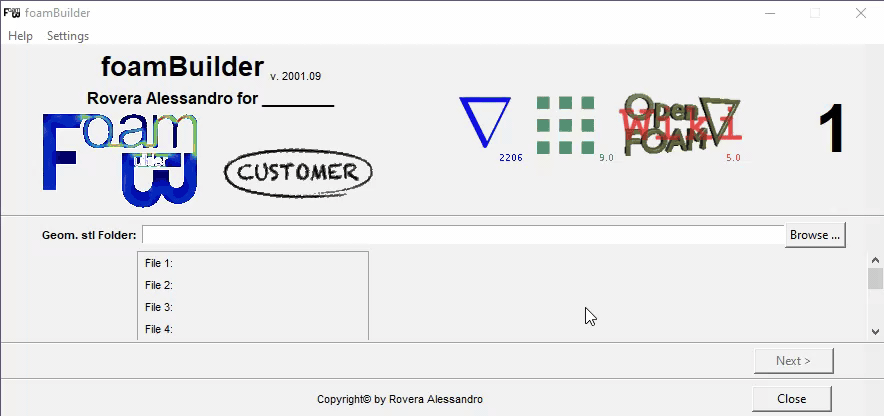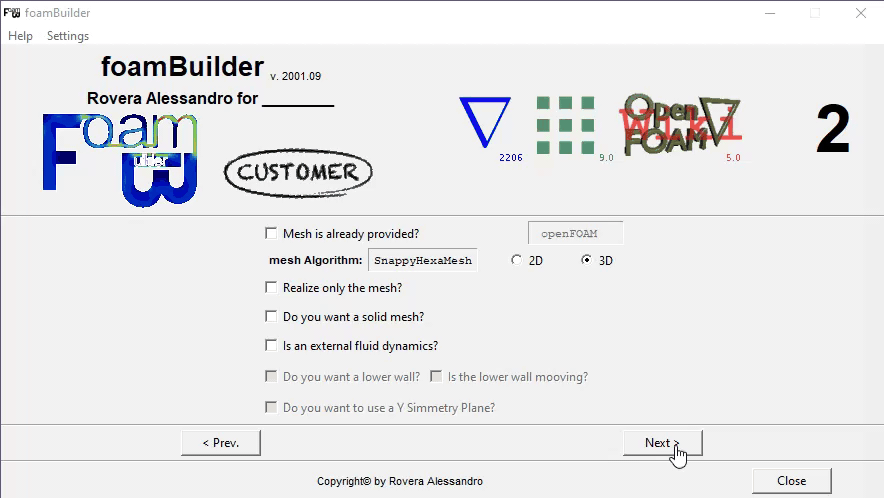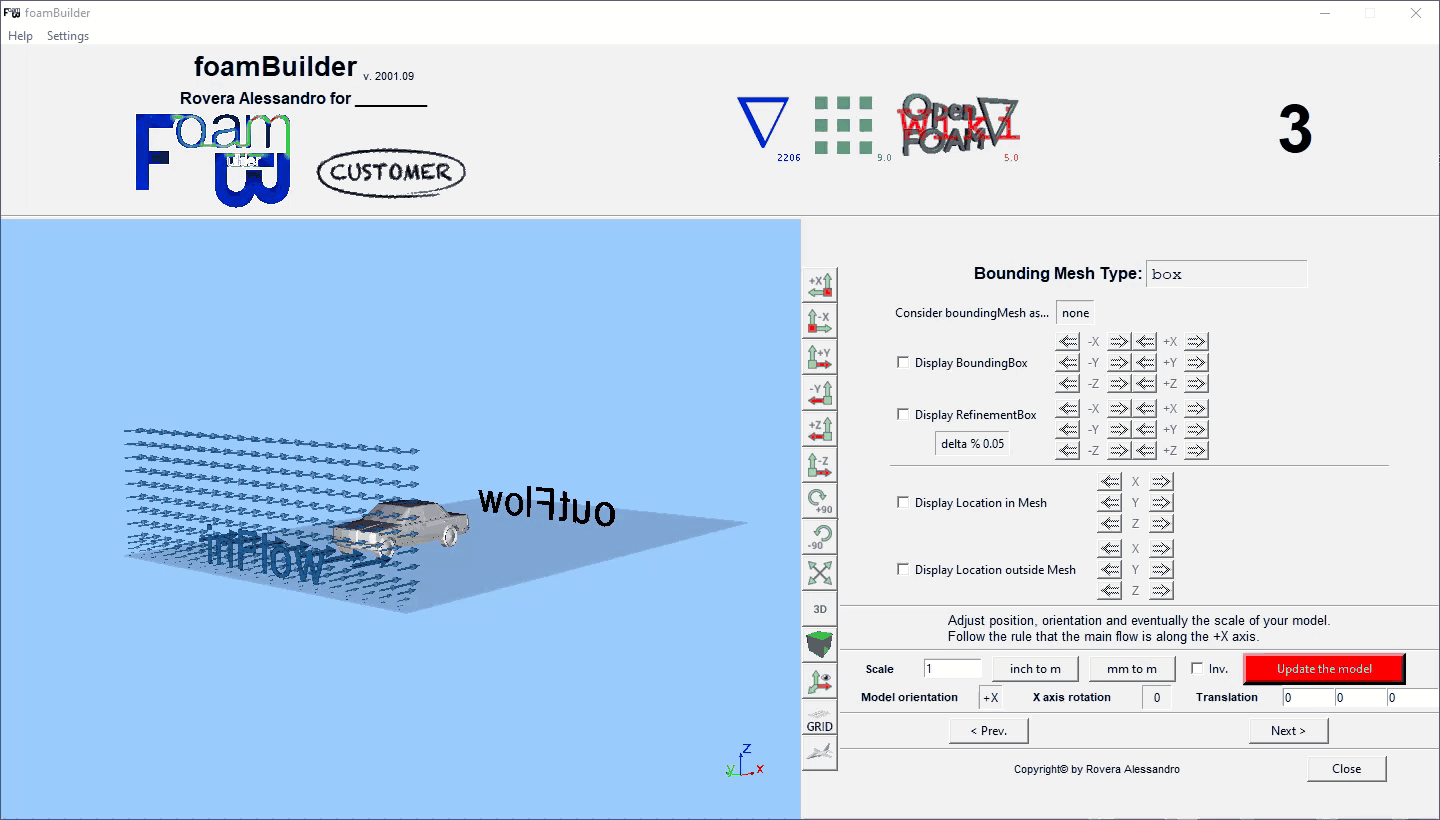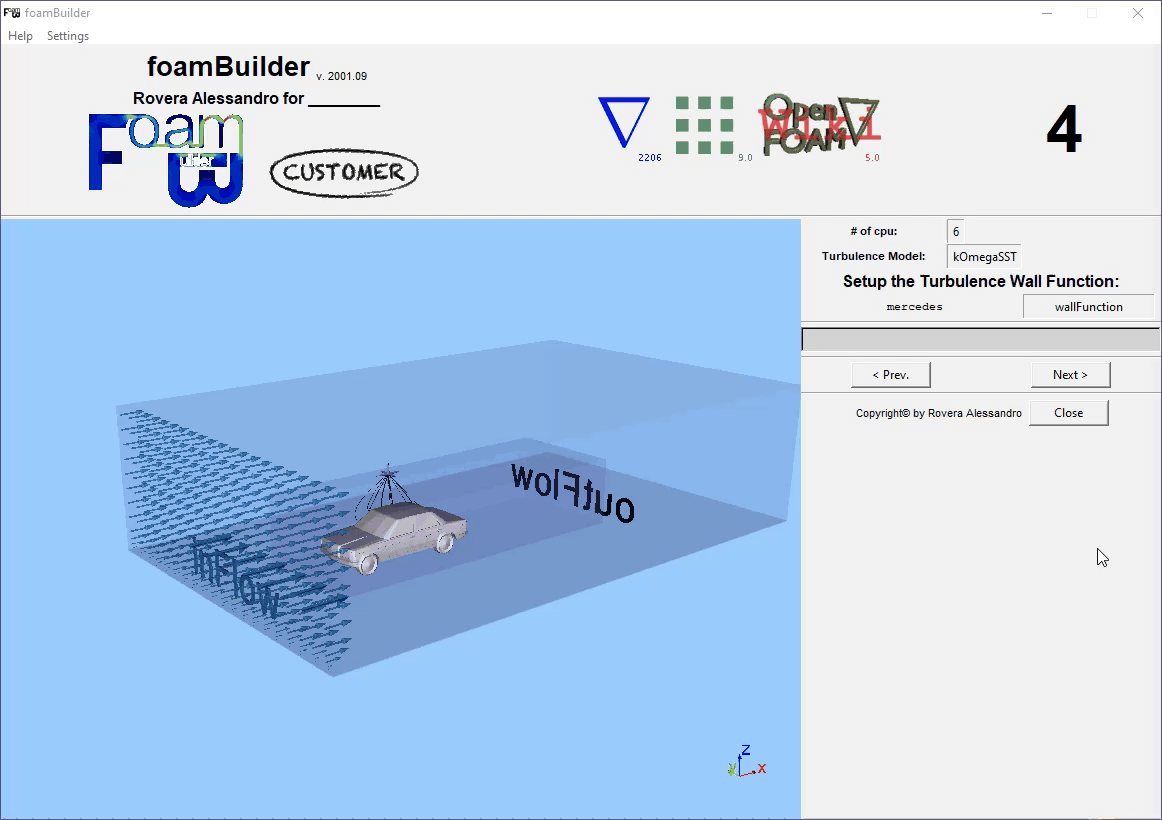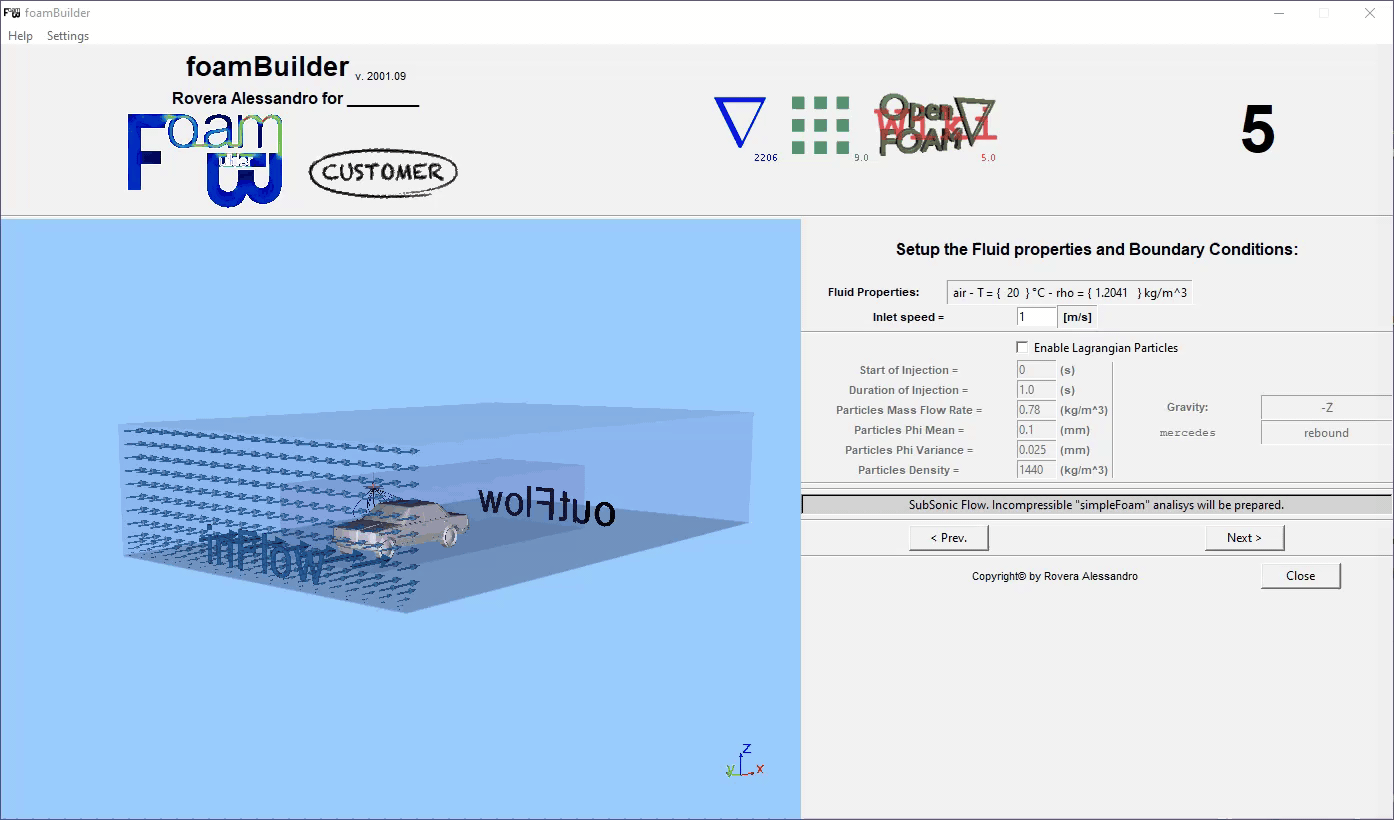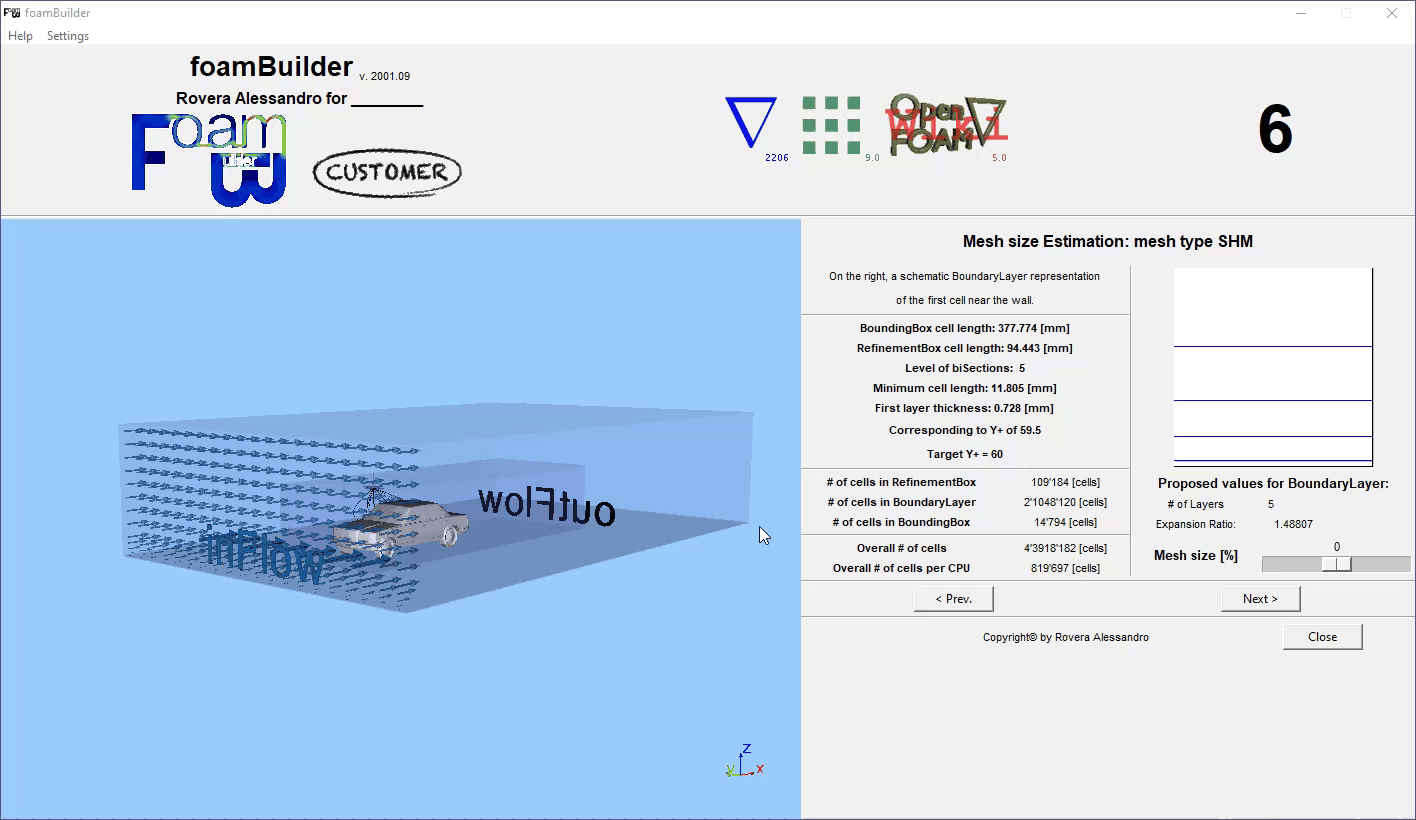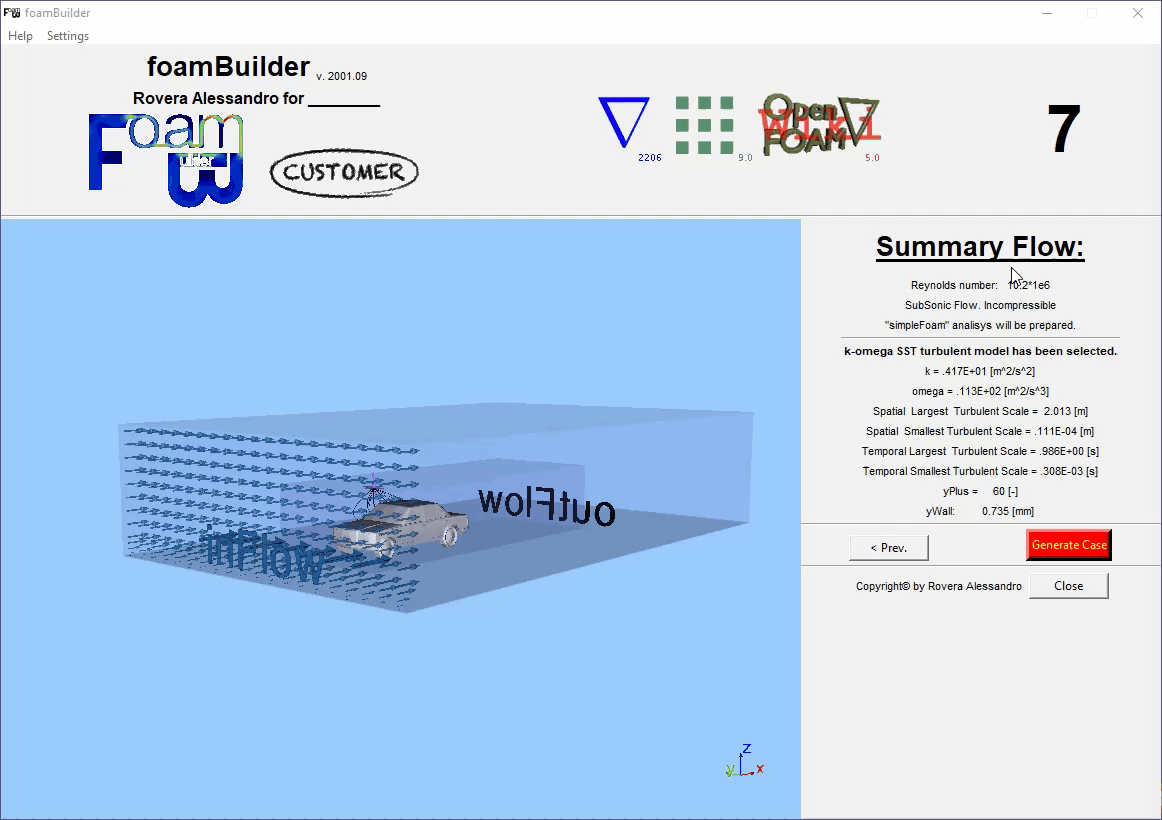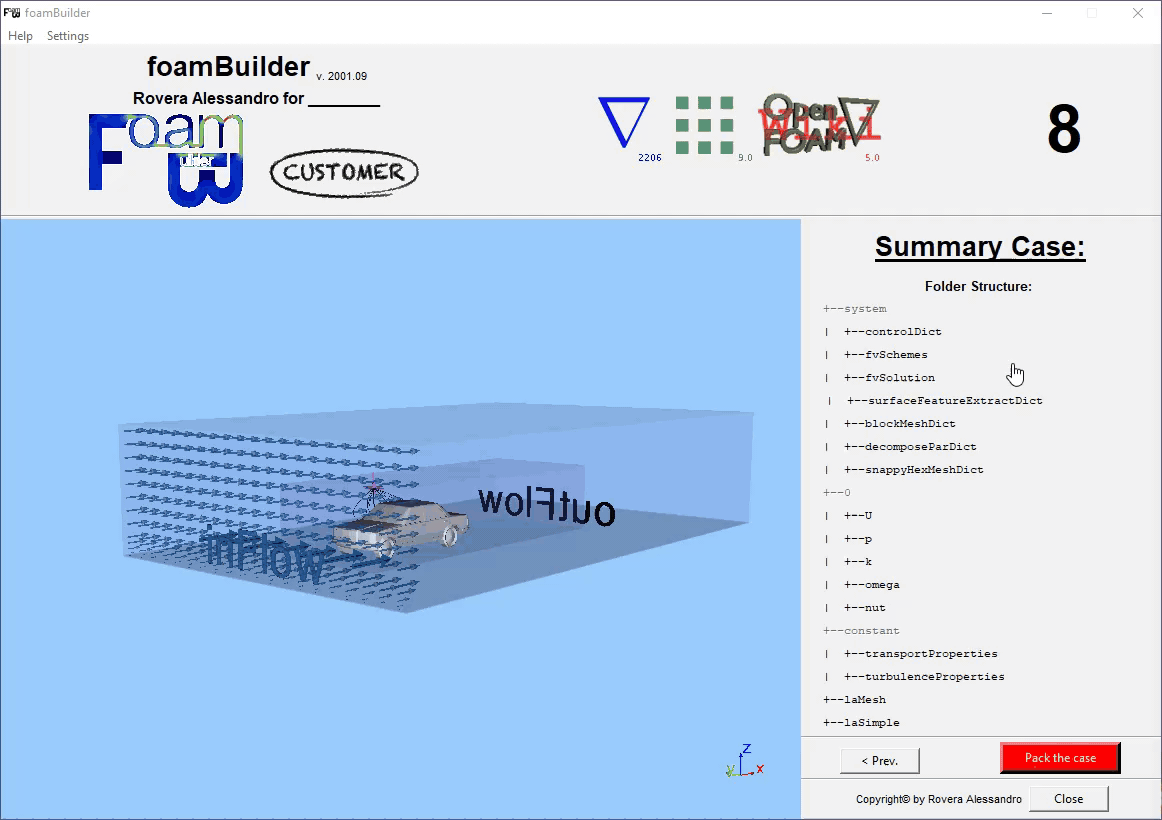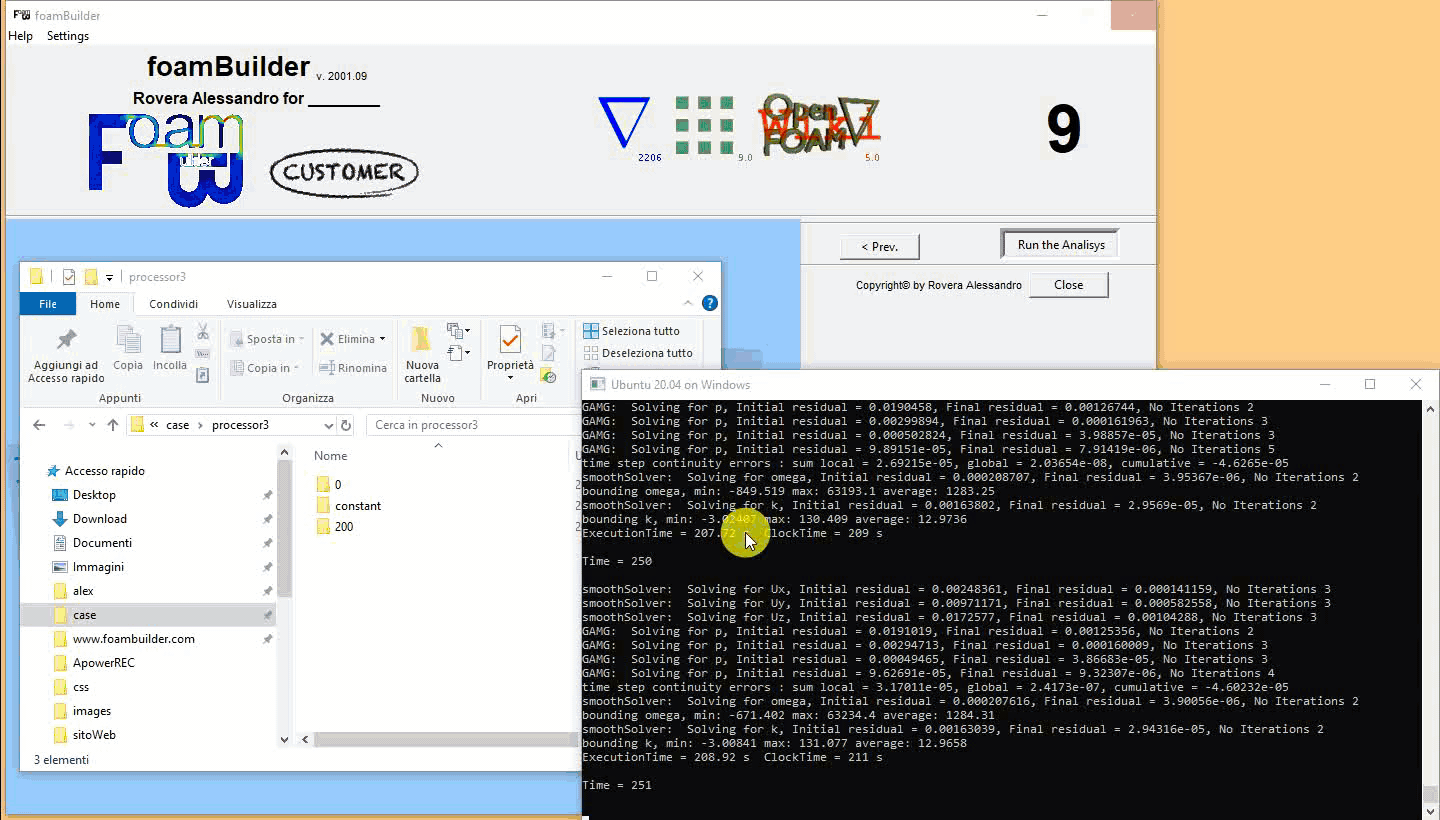
We offer our pre-processing solution to assist and encourage engineers in using the open-source CFD software OpenFOAM.
Currently, OpenFOAM is the third most used CFD code in the world, being both free and reliable. However, becoming an advanced user may require specific programming skills, and the learning curve can be steep at first.
For these reasons, we have developed the wizard foamBuilder. As our motto says:
With foamBuilder, any engineer, even without any previous experience in Linux OS, BASH shell, or C++ programming skills, can immediately start using OpenFOAM in a Windows10 environment.
FoamBuilder is a comprehensive GUI wizard for openFOAM. All available meshing algorithms, including Snappy and CFmesh suite, are fully supported.
Furthermor foamBuilder integrates special features such as a unique blockMeshDict generator to optimize the final mesh quality of the snappyHexMesh algorithm. Despite achieving superior mesh quality, the total number of cells is typically significantly reduced.
Take a look at the following images for the mesh comparison between the standard snappy algorithm on the left and the special use of blockMeshDict and snappyHexMeshDict integrated in foamBuilder on the right.



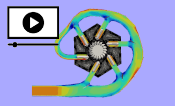
In the example below, on the left using the traditional blockMesh-snappy algorithm, the jagged profile of the cylinder edge surrounding the wheel results in the impossibility to use the AMI patch correctly. Conversely, on the right, with the improved technique, we obtain a good mesh. Moreover, the surrounding cylinder can be placed closer to the wheel.

A special C-shape algorithm has been implemented in to generate a mesh around a 2D airfoil. Starting from the airfoil profile downloaded in *.dat format, foamBuilder creates a full quad, high-quality mesh. Here is a good site from which to obtain many profiles in DAT format and find useful information on how NACA foils were created.
Below, you can find a very complex shape derived from the TAP-1 supercavitating hydrofoil, meshed using foamBuilder.

The mathematical model profile was generated using the Flusur software developed by Salvatore Dona.
software developed by Salvatore Dona.
The algorithm is fully automatic and integrated in the foamBuilder program.
Some special boundary condition are implemented in foamBuilder. An example is shown below, representing a parabolic profile near the floor for external fluid dynamics around a car:
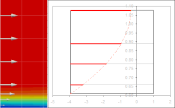

Another special boundary condition implemented in foamBuilder is called: ramped inflow. Take a look at the case below, which represents a ramped velocity profile for external fluid dynamics:
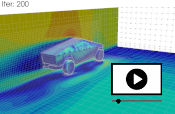
This type of boundary condition is useful to aid convergence.
Feel free to request a 30-day trial license from us.
After the trial period you can request for an annual license.
This offering is not approved or endorsed by OpenCFD Limited, producer and distributor of the OpenFOAM software via www.openfoam.com, and owner of the OPENFOAM and OpenCFD trade marks.
